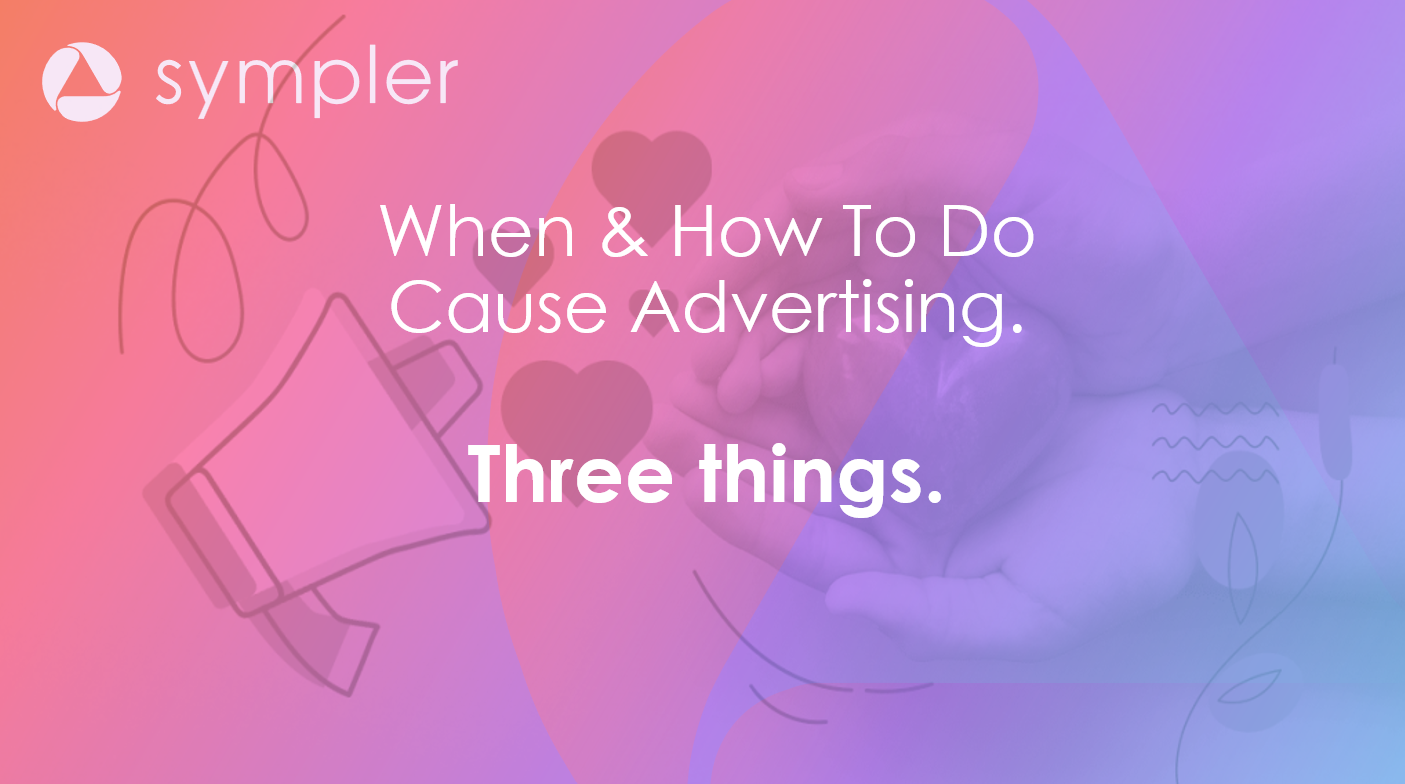Embracing grief & vulnerability in qual research
There's rarely a time that grief isn't close to someone we love or in our own memories. We've found that our private, chat-centric interviews often produce healthy memories of former sadness, grief, and nostalgia that can even be quite therapeutic. In topics ranging from healthcare selection to candy brands, consumers increasingly share more personal, reflective stories that aren't afraid of truly 'feeling'.
While most traditional qual methods, even IDI's, try to uncover the deeper layers, most of us aren't comfortable sharing in that environment. Our conversational tech platform was created as a solution for that - a safe place for humans to share their beliefs and emotions while probing to tap into subconscious fears and desires.
FEELING GRIEF WHILE CLOTHES SHOPPING
In a fashion-related study, we noticed a pattern of people grieving the body they once had, especially before having children. When they try on clothes while shopping, they are reminded of all the ways their life has changed while observing the alterations in their physical appearance.

HONORING A LOVED ONE WHILE DINING
When talking to respondents for a fast-food chain, we noticed a common theme of returning to a restaurant in an effort to commemorate lost loved ones. Something as innocuous as eating has become a way of memorializing family for many.

FEELING UNDER-REPRESENTED
After a study investigating how Muslims feel about representation, many respondents express sadness for a lack of coverage of their culture in the media. There was a sense of grief for the lack of accessibility of their heritage in their day-to-day lives - fantasizing about what a more inclusive world would be like.

Even the mundane aspects of our everyday lives many of us take for granted can serve as a reminder to the parts of ourselves that we have lost. The grieving process is complicated and can take many forms, and requires a level of vulnerability that most humans aren't revealing - and most brands probably are not receiving with traditional qual techniques.


